Danger Zones
Warning: David Maisel’s aerial landscapes may be hazardous to your assumptions
David Maisel doesn't consider himself an environmental activist. Yet his large-scale aerial photographs of strip mines, a bone-dry lake bed and man-made evaporation ponds can be viewed as indictments of our indifference to the planet that sustains us. Once you figure them out, that is. The photographs call to mind everything from blood vessels to stained-glass windows. "They might be mirrors into who we are as a society and who we are in our psyches," Maisel says.
At a recent exhibit (traveling through 2010) of Maisel's "Black Maps"—aptly titled because they leave most viewers in the dark as to where they are—his Terminal Mirage 1 (p. 56) looked to me like a neat grid of farmland seen from an airplane window. Except that instead of familiar tans and greens, there are eye-popping blues and whites. Maisel's Terminal Mirage 10 could be a loopy combine operator's excursion through a wheat field. Though Maisel chooses not to provide explanatory labels for his photographs, wanting viewers to come to their own conclusions, in an interview he identified Terminal Mirage 1 as evaporation ponds bordered by berms, and Terminal Mirage 10 as tire tracks through the crusted surface of an evaporation pond. Both are from near Utah's Great Salt Lake.
Maisel also wants to challenge our notions of beauty. He thus describes the usual reaction to his work as "this experience where people are seduced by the seeming surface beauty of an image, and then as they learn more about what it is they may be looking at, they realize that there is, in a way, a betrayal." Bright colors become ugly stains, painterly strokes morph into indelible gouges and marbled veneers turn out to be leached toxins. "We sense that this violent range of continuous colors is extraordinary and possibly dangerous," writes Anne Wilkes Tucker, curator of photography at the Museum of Fine Arts, Houston, where five of Maisel's works are part of the permanent collection. "Nevertheless, we are drawn in by their formal beauty."
His latest projects venture into urban landscapes and non-aerials but have the same hauntingly beautiful aesthetic. Oblivion (2004-6), a series of Maisel aerials of Los Angeles, reflects on the consequences of diverting water to that city from Owens Valley in southeastern California. Library of Dust captures corroding copper canisters that hold the unclaimed, cremated remains of patients who died from the 1880s to the 1970s in a state-run psychiatric hospital in Salem, Oregon.
Growing up on Long Island in the 1960s and '70s, Maisel, 46, lived on a suburban block where most of the houses had identical floor plans. To many postwar Americans, these inexpensive, cookie-cutter dwellings represented the American dream. But to the youngster, the conformity seemed strange, even disorienting. "It's all so disparate, confused and without a center," he says. "When you're a little kid, you think, "How can someone live in the same house as I do? How could that be?' " He took note of the subtle shifts in paint color, the shapes of trim and the widths of driveways, trying to make sense of it all. At Princeton, where he studied art history and visual arts, he accompanied one of his professors to Mount St. Helens, which had erupted shortly before, taking photographs of the volcano and surrounding terrain. "It was an introduction to a way of seeing," says Maisel. "I witnessed how the logging industry was changing the landscape and came away with a few aerial photos. The two came together and suggested ways to continue." He did so by photographing sand quarries along the Delaware River as well as mines in Pennsylvania and out West.
When he was in his 20s, working as an assistant to an architectural photographer, the Metropolitan Museum of Art acquired three of his pieces. In 1993, to be closer to the topography he was most passionate about, he moved from New York City to San Francisco. From there he scoured the Western states, looking for bizarre patterns. He says locations tend to choose him, as when he first spotted the glittering pink bed of Owens Lake through a car window.
Maisel often hires a local pilot to take him up in a four-seater Cessna he likens to an old Volkswagen beetle with wings. Then, somewhere between 500 and 11,000 feet, the pilot banks the plane and the photographer props open a window and starts shooting with his hand-held, medium-format camera. "Although the subjects are always of concern to me, I do think that I want to lead the viewer into a space where they can do their own thinking," he says.
Megan Gambino is an editorial assistant at Smithsonian.
/https://tf-cmsv2-smithsonianmag-media.s3.amazonaws.com/accounts/headshot/megan.png)
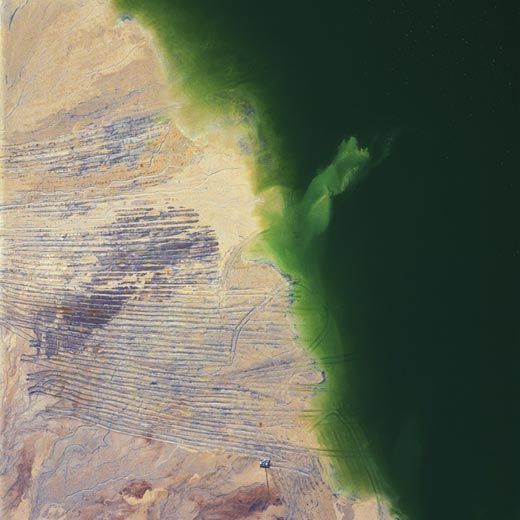
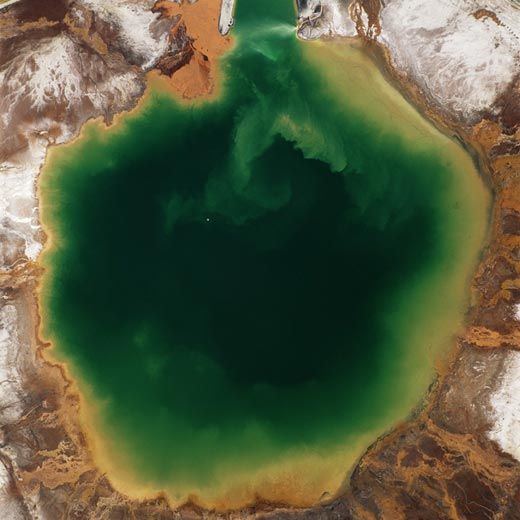
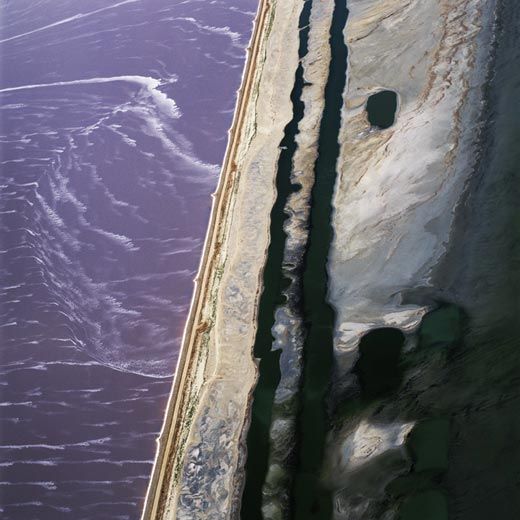
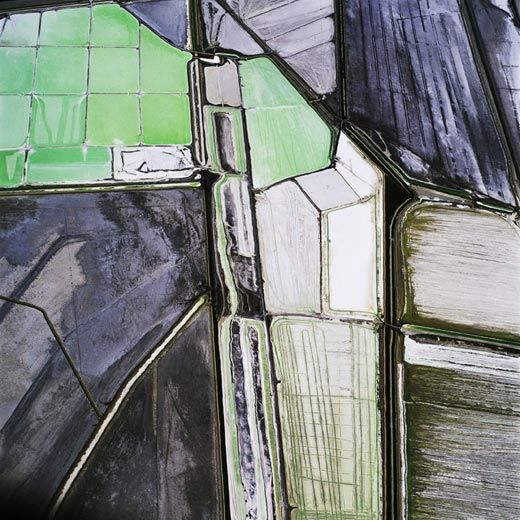

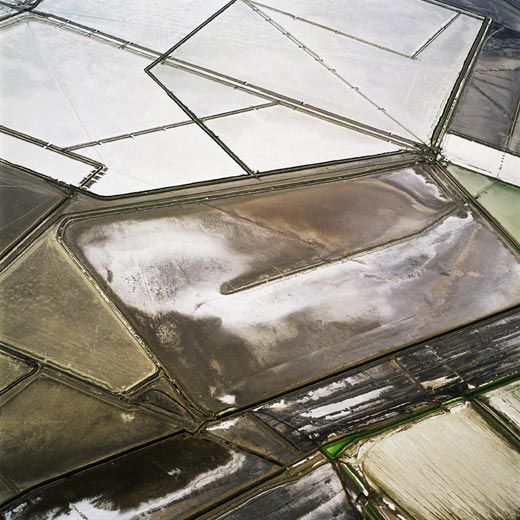
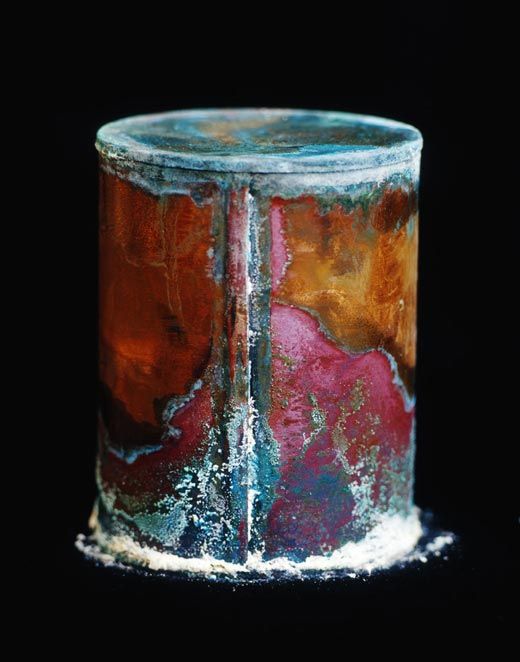
/https://tf-cmsv2-smithsonianmag-media.s3.amazonaws.com/accounts/headshot/megan.png)